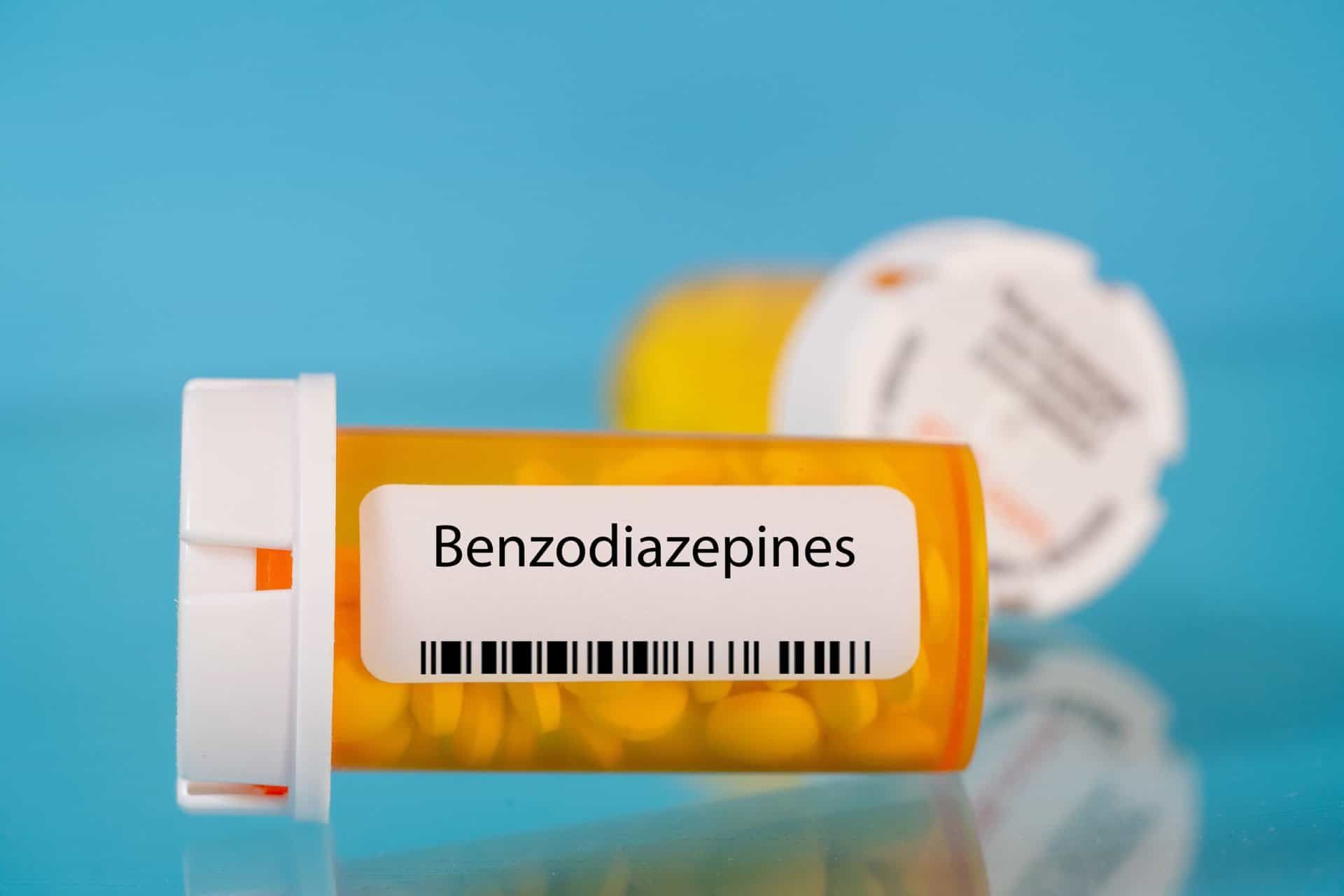What is Polydrug Use?
Individuals using multiple substances to achieve a desired effect for recreational use have a problem. Mixing substances such as drugs and alcohol or 2 types of legal or illicit drugs often amplify the effects.
Another reason for polydrug use is to use one drug to counteract the effects of another drug. In any case, polydrug use increases the danger of overdose and adverse symptoms. As such, getting detox is vital.
Defining Polydrug Use
People diagnosed with polydrug use may wonder, what is polydrug use? The specific term polydrug points to polysubstance use as well in some diagnoses. According to the Centers for Disease Control (CDC), in 2019, nearly half of drug overdose deaths involved polydrug use. Polydrug use can be intentional or unintentional, but those with unintended use often forget to tell their healthcare providers about other drugs they may be taking when receiving a new prescription.
Polydrug use involves both illicit and legal substance use simultaneously within a short timeframe. Alcohol is a common choice for polydrug users. People with polydrug use possess knowledge of the effects of different drugs. Unfortunately, using more than one substance can be very dangerous. Continual use of more than one substance develops additional risks of overdose.
For those still wondering what is polydrug use, here are some examples. Using sleeping pills to counteract the stimulating effects of methamphetamine is one form of manipulating the effects of drugs. A perilous combination is methamphetamine laced with fentanyl for a particular outcome. Those who combine 2 separate opioids are at increased danger of inducing breathing difficulties.
Reasoning behind polydrug use may include the following factors:
- An inability to access specific drugs results in substitutions to achieve the same desired effect.
- Someone drinking alcohol may not consider the impact of taking another substance at the same time.
- An uninformed attempt to reduce dependence on one drug by using combinations of others.
Polydrug Use Stats
Alcohol is one of the most common denominators in polydrug use. The CDC reports that a study from 2020 shows that just over 10% of people with a substance use disorder also misuse alcohol. Studies prove that polydrug use escalation began between 2017 and 2018. During this year, emergency rooms reported 967,615 non-fatal drug overdoses. In fact, in 18 states in this period, polydrug overdose stats rose by almost 40%.
The study delving into what is polydrug use showed that overdoses of cocaine, amphetamine, and benzos also involved opioids in 2019. The determination includes men and women of all age groups in the findings and—in combination with other data—finds that almost 60% of those in treatment have used more than 1 drug simultaneously.
These findings are responsible for initiating community-based programs for people who use drugs and increasing treatment opportunities that offer naloxone for people who use stimulants.
Prescription Polydrug Abuse
Taking combinations of opioids is a common problem for what is polydrug use. Subsequently, mixing different over-the-counter medications has a role in polydrug use.
Research provides an increase in opioid use with benzos, which can lead to overdose and adverse breathing difficulties. For example, pain relief medications, antidepressants, anticonvulsants, antipsychotics, antihistamines, and over-the-counter medicines mixed with benzos can lead to overdose.
Other hazardous side effects of what is polydrug use include any of the following:
- Heart attack or stroke, rapid or slowed heart rate
- Brain damage
- Organ failure
- Breathing difficulties
- Depression and anxiety
- Delusions or hallucinations
- Complications in pregnancy
- Fainting or loss of consciousness
Illicit Polydrug Abuse
The dangers of what is polydrug use involving illegal drugs are far more common and hazardous. Compounds included in illicit drugs are unknown, causing adverse effects without predictability. Heroin and cocaine use, called speedballing, is a common practice in some cases, in hopes of the depressant canceling out the negative impact of the stimulant.
Unfortunately, this line of thinking is false, and the user hangs on to a false sense of sobriety, which could culminate in an overdose. Another dangerous combination is cocaine and ecstasy, both being stimulants. While the effects of the drugs are more intensive, they can also escalate the chance of heart attack or stroke.
Mixing alcohol with stimulants is another attempt to cancel out the rush of the stimulant with a depressant, but it can cause adverse reactions and a chance of overdose. Thus, illicit polydrug use can present complex consequences during detox.
The Withdrawal and Detox Process
What is polydrug use going to do to affect the mind and body during withdrawal and detox? Withdrawal from polydrug use is more complicated and presents specific challenges in detox. Around-the-clock, medically monitored detox is a must for a safe detox environment is typical, but for polydrug use, inpatient medical detox is a recommendation.
Medication-assisted treatment is advisable to lessen the intensity of specific withdrawal symptoms, such as severe gastrointestinal issues. Antidepressants are often a consideration to address mood changes and flare-ups. In some cases, a tapering technique helps to reduce the drugs in the body slowly to aid in lessening the intensity of the adverse symptoms. What is polydrug use relapse prevention and how does it differ from typical detox programs?
Inpatient residential treatment is advisable with and following detox for polydrug users. Individual and group therapy are supportive techniques applied with medication-assisted treatment that increase the odds of a successful start to a sober lifestyle. Learning new healthy and positive coping methods as soon as possible prevents early relapse. Those with a substance use disorder that includes polydrug use, can experience successful treatment and live a happy and productive life.
Find Qualified Treatment in Tennessee
If family members are still asking, what is polydrug use because it is difficult to grasp this type of addiction, Freeman Recovery Center in Tennessee can address everyone’s concerns. We provide many options for successful recovery from all types of addiction, including polydrug use. We offer medically monitored detox and can explain the process fully to ease anxieties and apprehensions.
Contact us to begin a sober lifestyle and find well-being and peace of mind.









